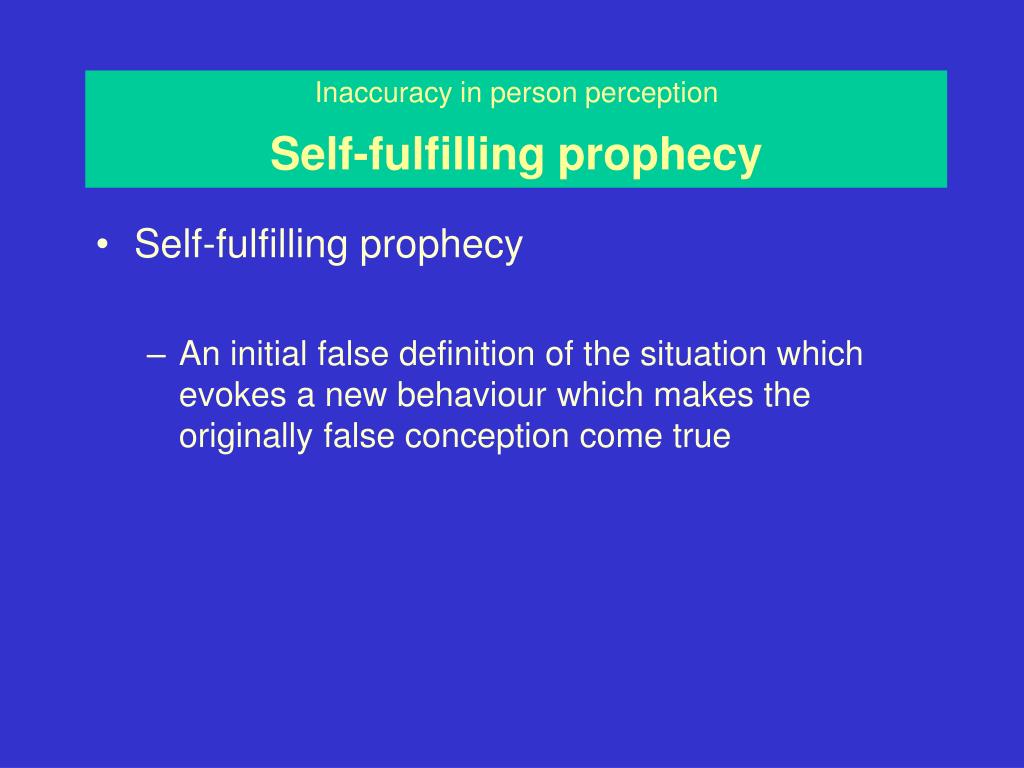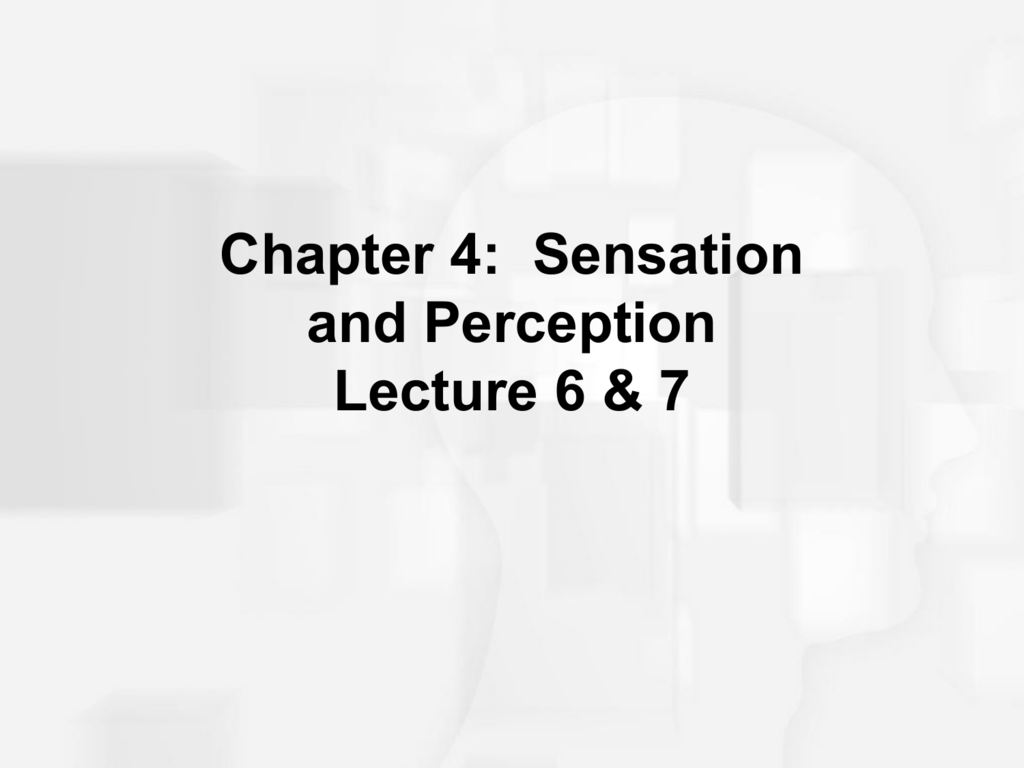

Perhaps you have had the experience of being at a party and talking to someone in one part of the room, when suddenly you hear your name being mentioned by someone in another part of the room. But selective attention is not complete we also, at the same time, monitor what’s happening in the channels we are not focusing on. Selective attention also allows us to focus on a single talker at a party while ignoring other conversations that are occurring around us (Broadbent, 1958 Cherry, 1953). Without this automatic selective attention, we’d be unable to focus on the single conversation we want to hear. Watch this video and carefully count how many times the people in white pass the ball to each other. You may find that, like many other people who view it for the first time, you miss something important because you selectively attend to only one aspect of the video (Simons & Chabris, 1999). Perhaps knowledge of the process of selective attention can help you see why the security guards completely missed the fact that the Chaser group’s motorcade was a fake - they focused on some aspects of the situation, such as the colour of the cars and the fact that they were there at all, and completely ignored others (the details of the security information). View “Video Clip: Selective Attention,” and count the number of times the people in white playing with the ball pass it to each other.

Most people do not experience synesthesia, but those who do link their perceptions in unusual ways, for instance, by experiencing colour when they taste a particular food or by hearing sounds when they see certain objects (Ramachandran, Hubbard, Robertson, & Sagiv, 2005).Īnother important perceptual process is selective attention - the ability to focus on some sensory inputs while tuning out others. Other examples of sensory interaction include the experience of nausea that can occur when the sensory information being received from the eyes and the body does not match information from the vestibular system (Flanagan, May, & Dobie, 2004) and synesthesia - an experience in which one sensation (e.g., hearing a sound) creates experiences in another (e.g., vision). You can experience it by watching this video. The McGurk effect is an error in sound perception that occurs when there is a mismatch between the senses of hearing and seeing. You can witness the effect yourself by viewing “The McGurk Effect.” One example of sensory interaction is shown in the McGurk effect - an error in perception that occurs when we misperceive sounds because the audio and visual parts of the speech are mismatched. It is also involved when we enjoy a movie because of the way the images and the music work together.Īlthough you might think that we understand speech only through our sense of hearing, it turns out that the visual aspect of speech is also important. Sensory interaction is involved when taste, smell, and texture combine to create the flavour we experience in food. One of these is sensory interaction - the working together of different senses to create experience. This meaning making involves the automatic operation of a variety of essential perceptual processes. How the Perceptual System Interprets the Environment When we look out the window at a view of the countryside, or when we look at the face of a good friend, we don’t just see a jumble of colours and shapes - we see, instead, an image of a countryside or an image of a friend (Goodale & Milner, 2006). But by and large, we do not experience sensation - we experience the outcome of perception, the total package that the brain puts together from the pieces it receives through our senses and that the brain creates for us to experience.

The eyes, ears, nose, tongue, and skin sense the world around us, and in some cases perform preliminary information processing on the incoming data.



 0 kommentar(er)
0 kommentar(er)
